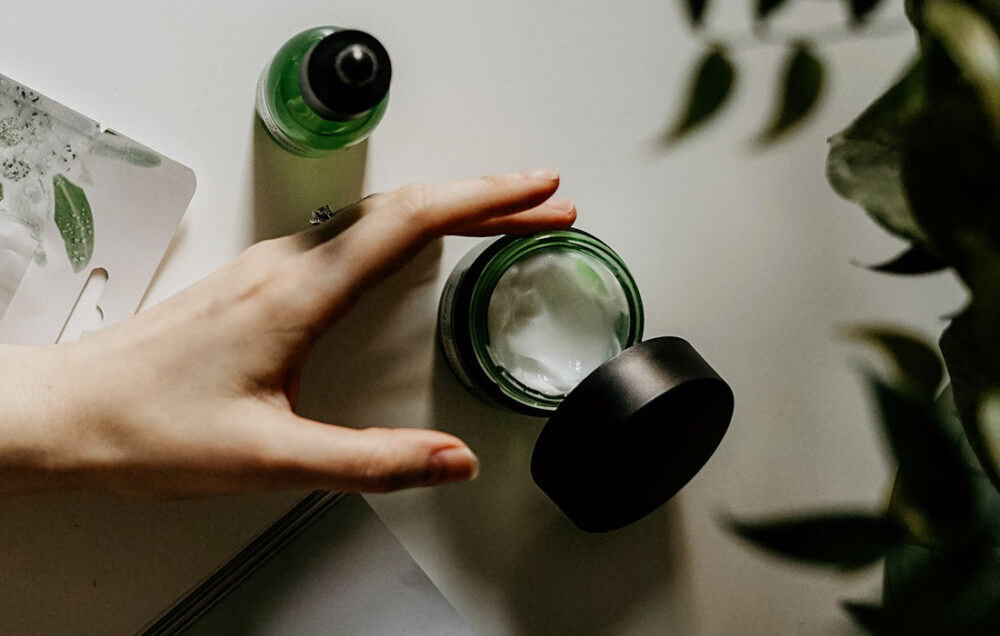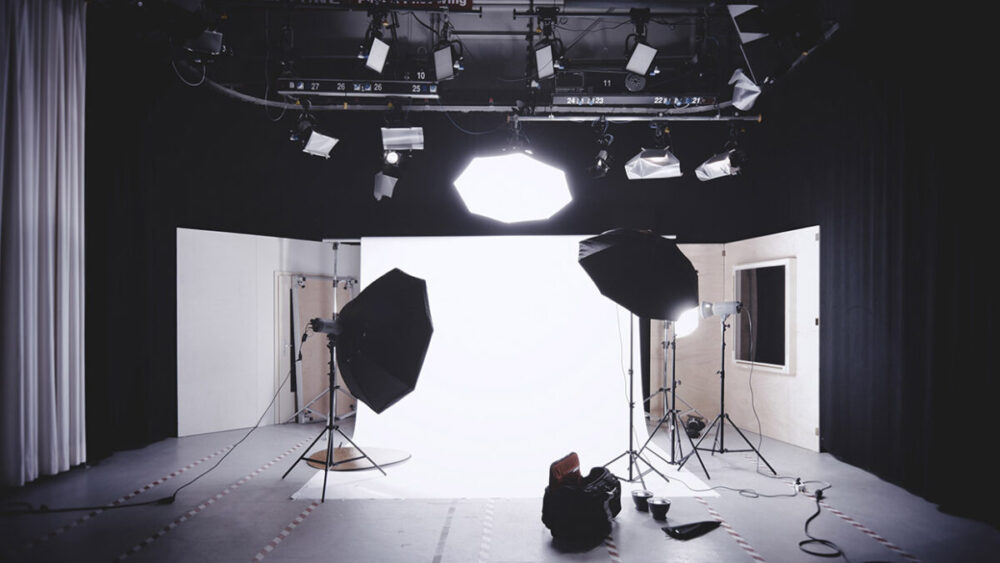In the ever-evolving world of e-commerce, product photography has become an indispensable tool for online retailers, particularly in the beauty industry. The saying “a picture is worth a thousand words” couldn’t be truer in this context. High-quality product images play a crucial role in capturing the attention of potential customers, building trust, and ultimately driving sales. In this blog post, we will explore the essential aspects of product photography for beauty products, from understanding your target audience to mastering lighting techniques and editing tips, to help you create captivating images that resonate with your customers and lead to increased conversions.
1. Importance of Product Photography in E-commerce
In the highly competitive e-commerce landscape, skin care photography can make or break your success. As customers cannot physically interact with skincare goods online, images are the primary means of evaluation. High-quality, visually appealing images instill confidence in potential buyers, conveying a sense of professionalism and reliability. Investing in professional skin care photography elevates the perceived value of beauty merchandise, increasing the likelihood of sales. It’s essential to recognize that good images, especially in the realm of skincare, are not merely pictures but powerful marketing assets that help create an emotional connection with the audience and foster brand loyalty.

2. Understanding Your Target Audience and Their Preferences
Before embarking on any product photography project, it is crucial to thoroughly understand your target audience and their preferences. Research your customers’ demographics, interests, and values to tailor your imagery accordingly. For beauty goods, consider the age group, gender, and specific concerns of your audience. Understanding what they seek in goods and their lifestyle choices will help you design images that resonate with their aspirations and desires. Whether it’s natural, glamorous, or minimalist looks, aligning your merchandise photography with your audience’s preferences will enhance engagement and conversion rates.
3. Selecting the Right Background and Setting for Beauty Products
The background and setting play a significant role in product photography as they set the mood and context for the beauty merchandise. For a clean and professional look, opt for simple backgrounds that don’t distract from the main subject. White or light pastel backgrounds work well for most beauty merchandise, creating an elegant and timeless appeal. However, depending on your brand and target audience, you can experiment with textured or colored backgrounds that complement your good’s aesthetics. Consistency in background choice across your website fosters a cohesive and visually appealing shopping experience.
4. Mastering Lighting Techniques for Captivating Product Images
Lighting is the cornerstone of captivating product photography. Natural light is ideal for beauty merchandise as it accurately represents colors and textures. Shoot near a window with diffused light or use softboxes to create a flattering and even illumination. Avoid harsh shadows that can obscure goods details. Experiment with different lighting angles to find the most flattering one for your beauty merchandise. Reflectors can also help bounce light and reduce shadows.

5. Choosing the Best Angles to Showcase Product Features
Selecting the right angles to showcase beauty products can significantly influence customer perception. Highlight the most alluring features of the goods, such as intricate designs or textures, by capturing close-up shots from different angles. For makeup goods, display swatches and merchandise application on models of diverse skin tones to demonstrate inclusivity. Incorporate 360-degree views for a comprehensive understanding of the merchandise. A variety of angles keeps the presentation fresh and helps customers visualize the product in real life.
6. Utilizing Props to Enhance Product Presentation
Props can add depth and context to beauty product photography, elevating it from mundane to extraordinary. Carefully selected props can create a lifestyle narrative that resonates with your target audience. For skincare merchandise, incorporate botanical elements to evoke a sense of natural beauty. Hand creams can be paired with delicate accessories to signify elegance. However, exercise caution not to overcrowd the image; the goods should remain the star of the show. Props should enhance the merchandise story, not overpower it.
7. Highlighting Product Details Through Close-Up Shots
In beauty product photography, the devil is in the details. Customers seek clarity on the quality and functionality of merchandise, and close-up shots are the perfect tool for this purpose. Capture intricate patterns on the packaging, the texture of creams and powders, and the precision of applicators. Close-ups convey a sense of transparency and honesty, reassuring customers about what they can expect from their purchase.

8. Incorporating Lifestyle Images for Customer Engagement
Lifestyle images offer a glimpse into the aspirational world that your beauty products can create. Showcasing products in real-life scenarios, such as a person using skincare goods as part of their daily routine or a model wearing makeup for a special occasion, helps customers envision themselves with your merchandise. Lifestyle images evoke emotions and desires, triggering a stronger emotional response that can lead to conversions. Strive to make these images relatable to your target audience, reflecting their aspirations and experiences.
9. Consistency in Branding and Image Style Across the Website
Maintaining consistency in branding and image style is vital for brand recognition and a seamless customer experience. Establish a cohesive visual identity that aligns with your brand’s personality and values. Use consistent colors, fonts, and design elements throughout your website and marketing materials. For goods photography, maintain a consistent lighting style, background choice, and image composition. This consistency helps build trust with your audience and presents a professional and polished image of your brand.
10. Editing Tips for Polished and Professional Product Photos
Post-processing is an essential step in goods photography. Use photo editing software to refine your images and ensure they meet professional standards. Adjust brightness, contrast, and color balance to accurately represent your beauty merchandise. Remove minor imperfections, but be cautious not to oversaturate or misrepresent the goods. Consistency in editing style is crucial to maintain a coherent visual language across your merchandise catalog.

11. A/B Testing and Optimizing Product Images for Increased Sales
In the competitive e-commerce environment, continuous improvement is essential to stay ahead. Conduct A/B testing with different images to assess their impact on sales and conversion rates. Test various elements, such as backgrounds, angles, or lifestyle shots, and analyze customer responses. Utilize data analytics to make informed decisions about which images perform best with your audience. Optimization is an ongoing process that ensures your merchandise photography remains effective and resonates with your customers.
Conclusion
In conclusion, mastering the art of goods photography for beauty products is a multi-faceted endeavor that requires understanding your audience, creating captivating images, and maintaining a consistent brand identity. By investing time and effort into creating visually stunning and emotionally engaging merchandise images, e-commerce businesses in the beauty industry can forge deeper connections with their customers, boost sales, and thrive in the competitive online marketplace. Remember, every click on a product image is an opportunity to make a sale and leave a lasting impression on potential buyers.





